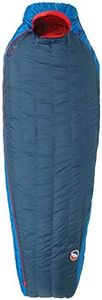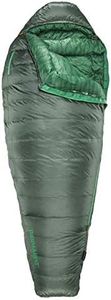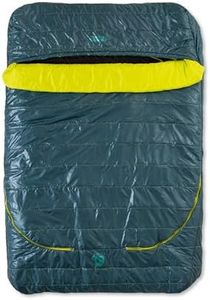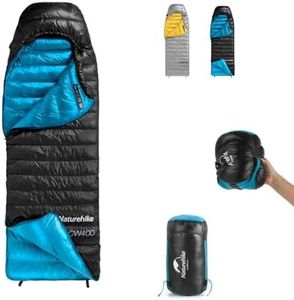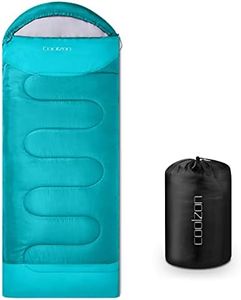We Use CookiesWe use cookies to enhance the security, performance,
functionality and for analytical and promotional activities. By continuing to browse this site you
are agreeing to our privacy policy
10 Best Non Toxic Sleeping Bag
From leading brands and best sellers available on the web.By clicking on a link to a third party's website, log data is shared with that third party.
Buying Guide for the Best Non Toxic Sleeping Bag
Choosing a non-toxic sleeping bag is an important step for ensuring your health and comfort, whether you're camping, traveling, or simply needing a safe sleep solution. The goal is to find a sleeping bag made with materials and processes that avoid harmful chemicals, like flame retardants, formaldehyde, or heavy metals, which can sometimes be present in textiles. Focusing on non-toxic features means looking beyond warmth and size—you want peace of mind, knowing your sleeping environment supports wellbeing. Understanding the key features can help you make a better decision for yourself or your family.Material CompositionMaterial composition refers to what the sleeping bag is made from, including both the outer fabric and the filling. This is crucial because natural materials like organic cotton, wool, or certified down are less likely to contain harmful chemicals compared to synthetic options. Synthetic materials often rely on chemical treatments for softness, waterproofing, or fire resistance. When choosing, look for information on whether the materials are certified organic, natural, or have third-party certifications that indicate they are free from dangerous chemicals. If sensitive to allergies or skin irritants, opting for natural or organically grown fibers may be best. If you need extra durability or weather resistance, you might consider high-quality synthetics—just check for certifications or clear statements about the absence of toxic treatments.
Chemical CertificationsChemical certifications include labels like OEKO-TEX, GOTS (Global Organic Textile Standard), or Bluesign. These indicate that the sleeping bag has been tested for harmful substances or manufactured using processes that avoid dangerous chemicals. This matters because such certifications guarantee an added layer of safety that you may not spot through material alone. If you want maximum assurance, look for at least one known certification. Not all certifications cover the same substances, so choose the one that aligns best with your concerns—for example, OEKO-TEX focuses on residues in finished products, while GOTS is stricter with organic standards.
Inner and Outer Fabric TreatmentSometimes, fabrics are treated with water-repellent finishes, antibacterial agents, or flame retardants to improve performance. These treatments can introduce toxins that linger or off-gas over time. For a non-toxic option, find a sleeping bag that clearly states it is free from added treatments or uses safe, plant-based alternatives. If you'll use the bag mostly outdoors or in damp conditions, you might need water repellency, but weigh this need against your preference for chemical-free gear. Pay attention to product descriptions for transparency about fabric treatments.
Hypoallergenic PropertiesHypoallergenic properties mean that the sleeping bag is less likely to cause allergic reactions. This is often linked to both the choice of materials and the absence of chemical treatments. This feature is particularly important if you have sensitive skin, allergies, or respiratory conditions. To find a hypoallergenic sleeping bag, look for natural, untreated fibers or synthetic fills specifically designed to resist dust mites and mold. If allergies are a concern, prioritize sleeping bags specifically labeled as hypoallergenic.
Care and Cleaning InstructionsHow you clean and care for your sleeping bag can impact both its lifespan and its non-toxic nature. Some sleeping bags may lose their safety qualities if cleaned with harsh chemicals or if their outer finishes degrade over time. Check if the bag is machine washable and whether it needs special detergents to maintain its non-toxic status. If you're looking for something easy to maintain, choose a sleeping bag with clear, simple care instructions that don't require specialty products.
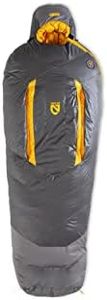


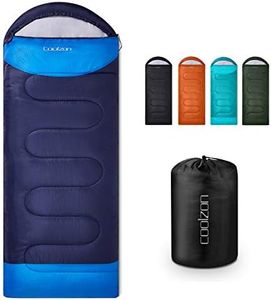
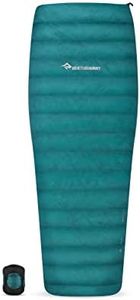
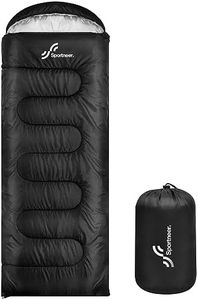
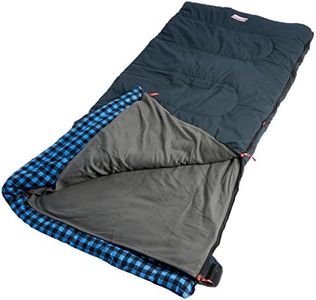
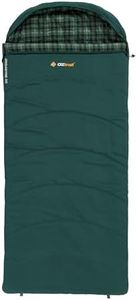
![QEZER Ultralight Down Sleeping Bag [ 2°C~8°C,1180g] All Season Adult or Kid Sleeping Bag for Camping, Backpacking, Hiking,and Traveling, Envelope Lightweight and Portable (Black)](https://images-proxy.bestreviews.guide/rG2q3QOT2dTR7qNlB40beEZ_cIM=/0x300/https://m.media-amazon.com/images/I/41ZBwKUA1rL._AC_CX679_.jpg)
